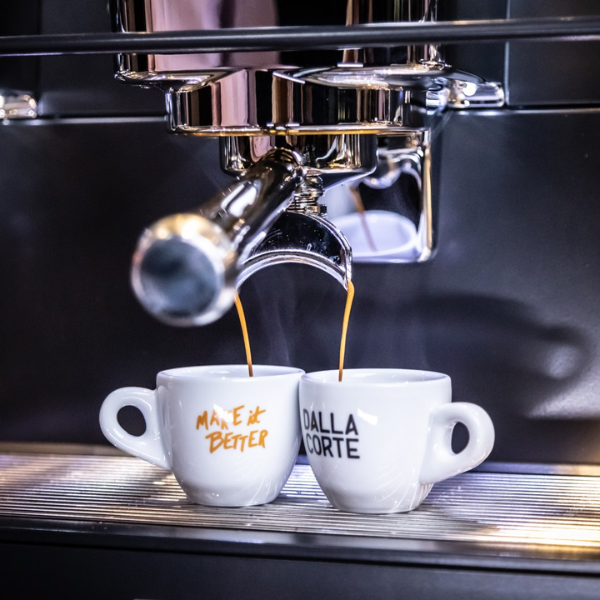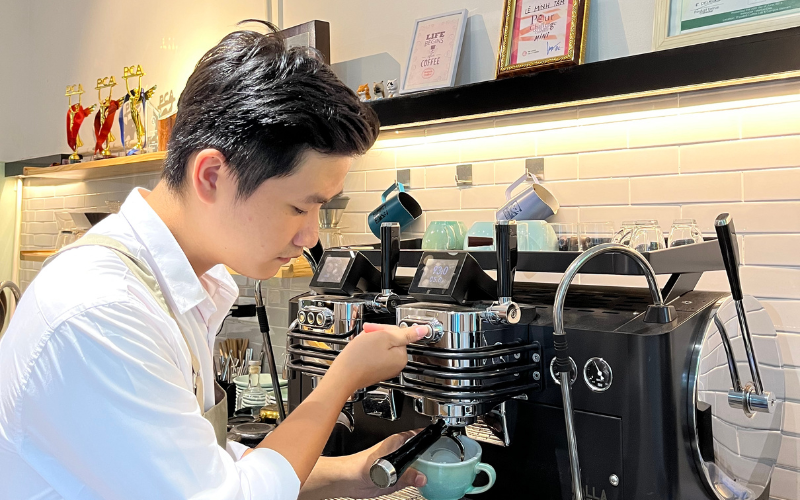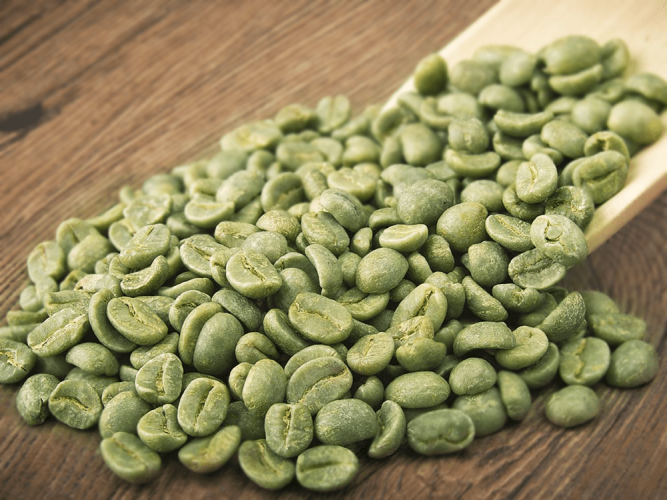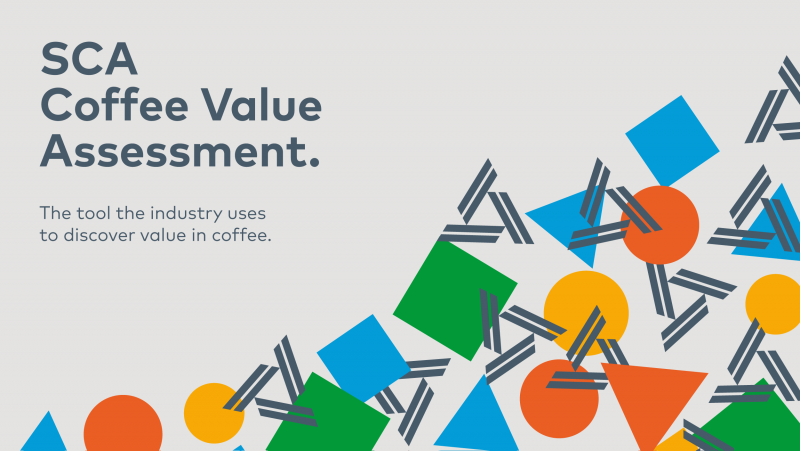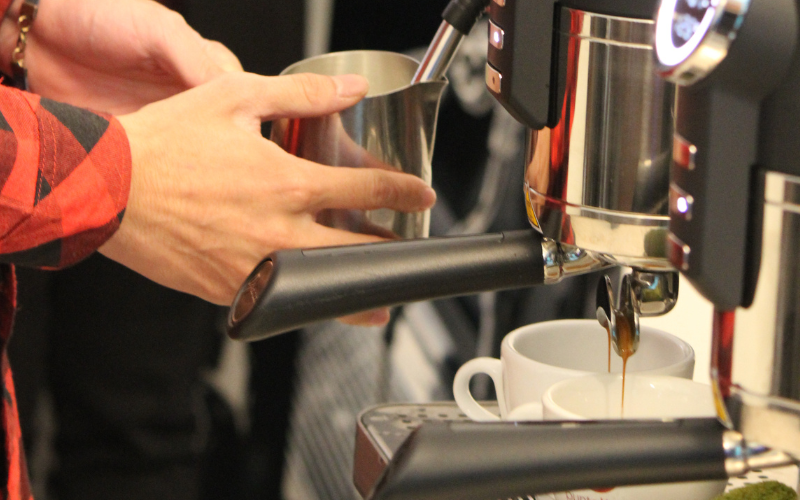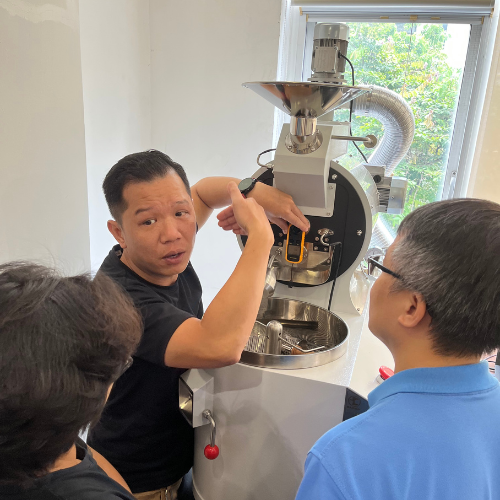BUILD RELATIONSHIP WITH COFFEE
D'codeS Coffee Lab & Campus Vietnam was established on March 31, 2017 in Hanoi.
With certification from the Specialty Coffee Association (SCA) in 2018 and the Coffee Quality Institute (CQI) in 2023, D’codeS is always a reliable choice for those who want to learn in-depth about coffee. We always strive to build a place that connects love-loving communities and provides a professional training environment of international standards.
